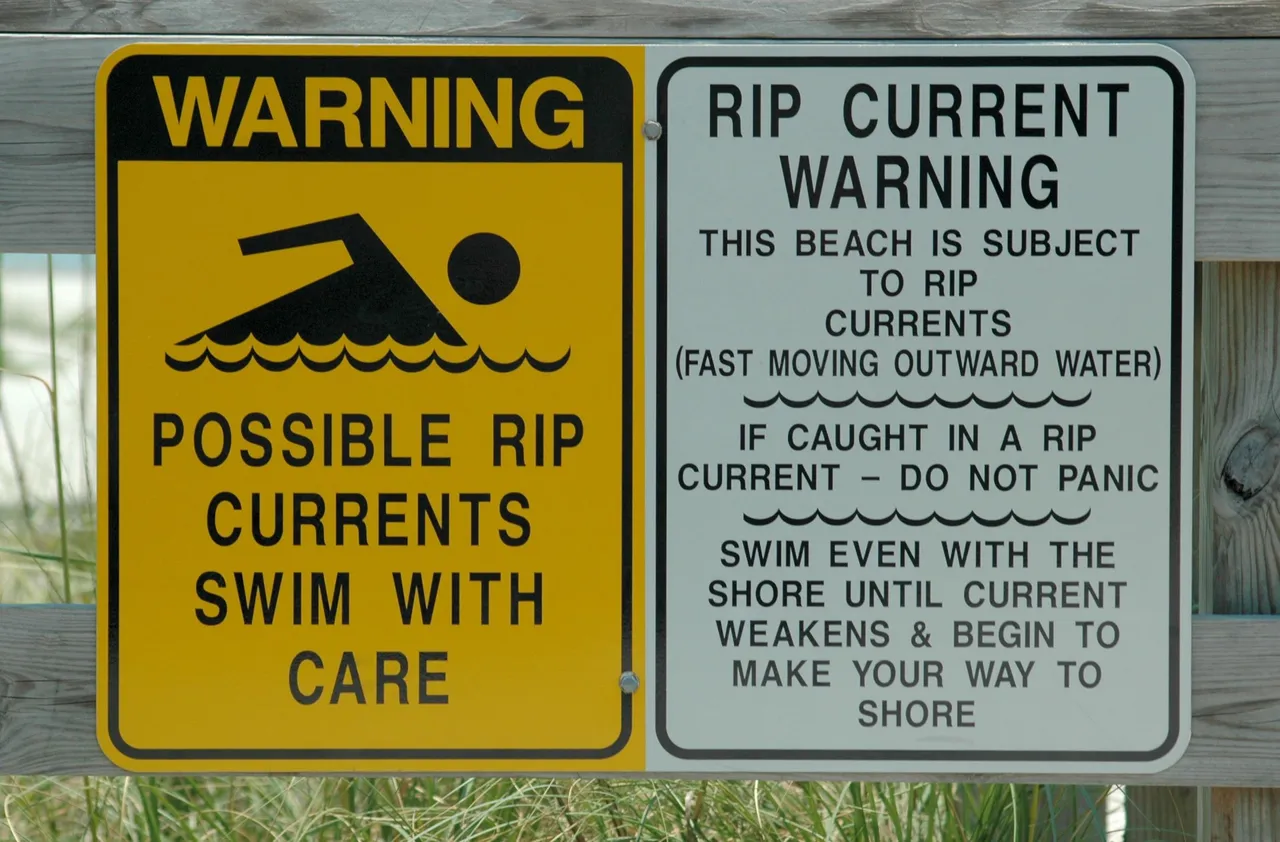Majority of us are familiar with waves as we see them on them when we go to beach and a lot of us like to play in the wave. I have a uncle who will always position himself to dive into the wave. He will go far into the ocean after riding for a very long time and backstroke so the wave just keep carrying him towards the bank while he would swim in again. You see, the wave is a fun sight but it can become a killer when it changes into a square form coming from all angles instead of just going straight.
When you see this type of wave, which is referred to as cross waves or cross seas, then you should know that it is caused by two opposing waves crossing each other at near 90 degrees. These waves come as swell which is created by distant weather systems. When there is a storm (storm system) in the ocean, it causes a disturbance in the ocean that travels a long distance rippling as swells and they are often large. This should not be confused for the wave caused by gently breeze which I said my uncle like to swim.

When ships are travelling, they need to move perpendicular to the wave at slow speed but when there is a cross wave, it could hit from sideways making it difficult to move and to humans, while it might not always lead to death, it can be life threatening to endurance swimmers. Because Cross wave and riptide are closely related and they work hand in hand to cause a possible problem.
Such case is that of a survival called Emily who experienced a riptide when she was thirtheen years. It happened in the month of August when they visited their beach house and decided to swim. They were in the water when her aunt mentioned if anyone could not feel the sand again. This was because the riptide was taking them farther into the water. She and her family began to drown as they cried for help but no one could hear them. She was able to use her strength to get herself to the surface of the water but the wave was increasing and her family was drowning. When she found sand below her feet she was able to stretch her hand to her family to be able to save them and they held hands to save themselves.

Riptides are very dangerous and it happens when when a wave hit the sea at a 90 degree angle leaving no escape for water to wash away as in the space between two waves, the displace water collides with other wave so that it quickly join the other wave leaving the shores with force. Riptides can move with a speed of about 8km/h which might look slow but the fastest Olympian doesn't beat it by 3/4 which means it is dangerous to the average person.
When I explained this to my uncle, he was scared of being swallowed by water when next he goes to the beach to swim because he likes to swim for or against the tides but I then explained to him that he just had to look at the warning signs in beaches when he goes to swim so he can be sure if it the water has the normal tide, I also mentioned to him that when he notices something off, he should know what to do and he said for sure. Well, the best thing to do is to remain calm and find your way to the shallow part of the ocean and call for help in the process. It is also important to swim close to lifeguards so they can save you when there is a problem.
Reference
https://www.sciencedirect.com/science/article/abs/pii/S0141118706000241?via%3Dihub
https://www.surfertoday.com/surfing/what-is-a-swell#google_vignette
https://www.sciencealert.com/this-is-a-cross-sea-you-do-not-want-to-get-caught-in-one
https://www.weather.gov/safety/ripcurrent-survivor
https://www.surfertoday.com/surfing/the-complete-list-of-beach-flags-and-warning-signals#google_vignette
https://oceanservice.noaa.gov/education/tutorial_currents/03coastal3.html
Image Reference
Image 1 || Needpix || Rip Tide Tide Water Free Photo
Image 2 || Flickr || Cross waves